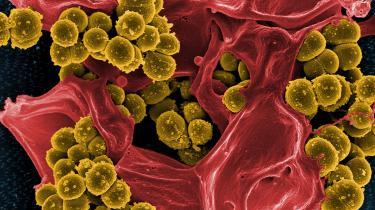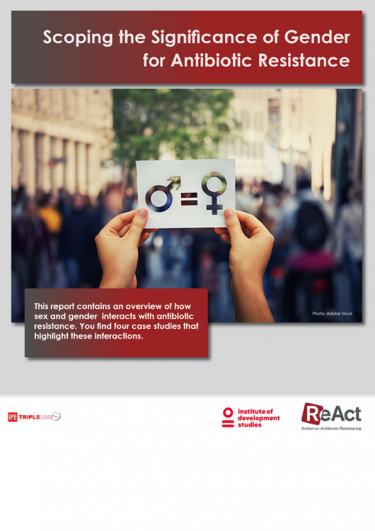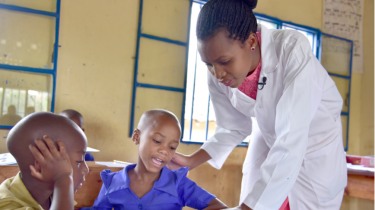How do infectious diseases and treatments differentially affect the physical bodies of men, women, children and people of diverse sex? And how does gender affect people’s behaviours and responses to disease, antibiotic use, medical uptake and antibiotic resistance?
A large barrier to action is that antibiotic resistance affects the most vulnerable and therefore puts the heaviest burden on their health and food systems on top of many other pressing development issues. Efforts to tackle antibiotic resistance must therefore be holistic and must be shaped by people’s experiences and on-the-ground realities.
This report explores the ways in which sex and gender interact with antibiotic resistance and makes the case for all actors engaged in addressing antibiotic resistance to undertake further work in this area.
Credit: title image by NIAID | Scanning electron micrograph of methicillin-resistant Staphylococcus aureus and a dead human neutrophil.
Licenced under Creative Commons Attribution 2.0 Generic (CC BY 2.0)




